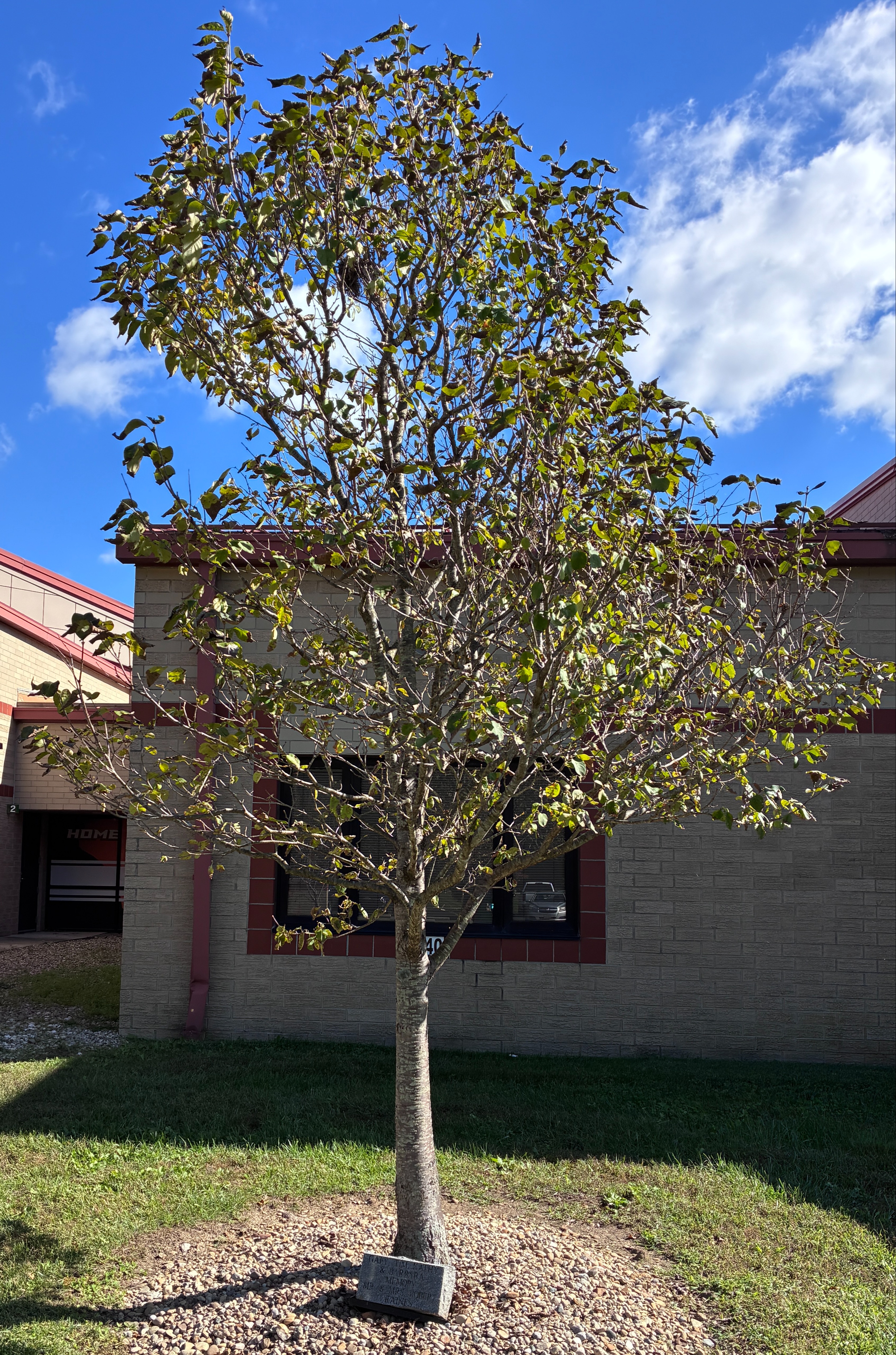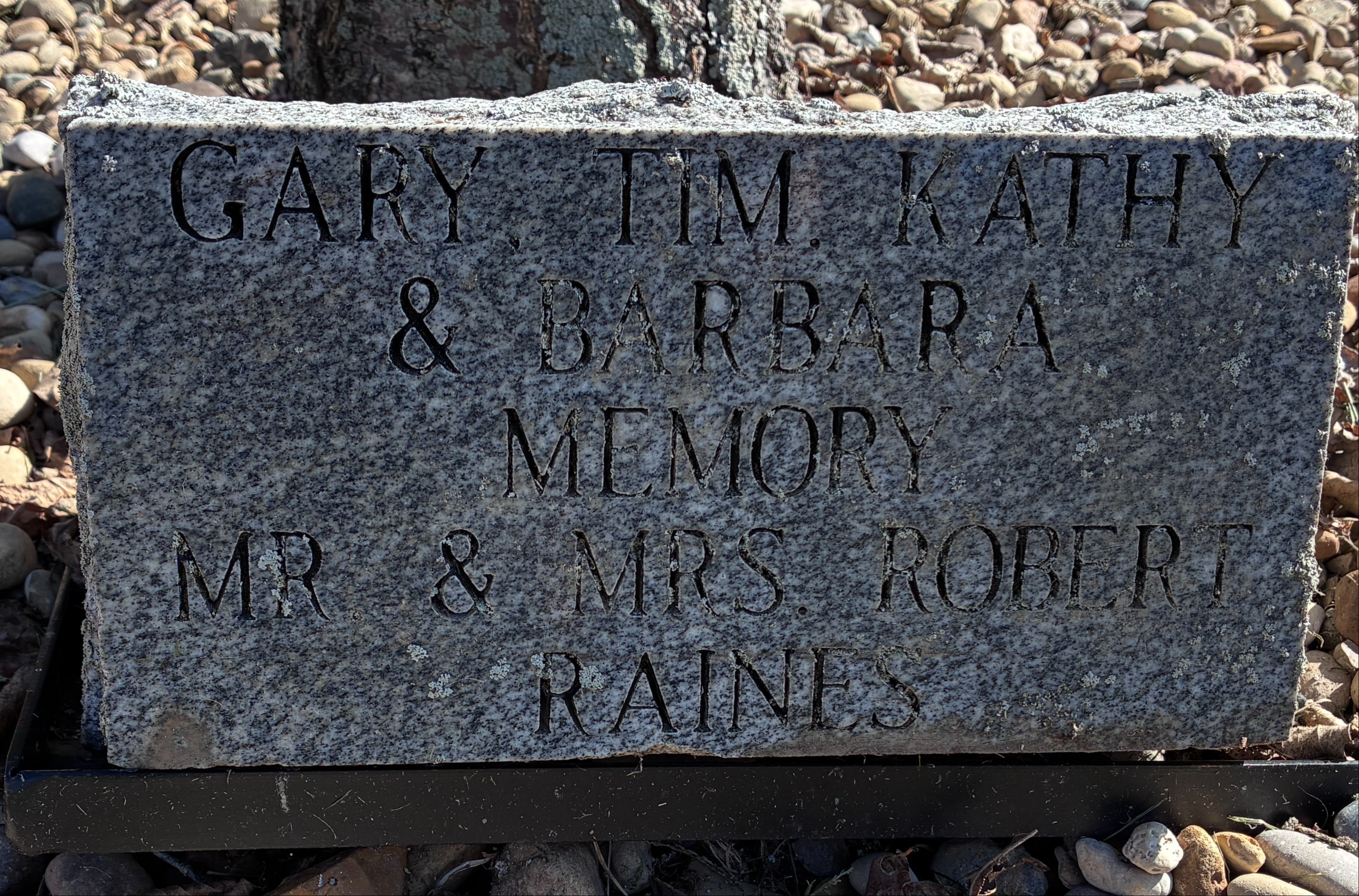
Photo Credits: Dr. Loretta W. Harvey
Scientific Name: Syringa reticulata
Common Name: Japanese Tree Lilac, Chinese Tree Lilac
Type: Deciduous
Family: Oleaceae (Olive Family)
Native Range: Japan, Korea, China
USDA Zone: 3-7
Height: 20-30 feet
Spread: 15-25 feet
Bloom Time: Late May to June
Bloom Description: Creamy white, fragrant, showy flowers held in large, upright, terminal panicles (6-12 inches)
Sun: Full sun (best flowering) to light shade
Water: Medium
Maintenance: Low to moderate. Requires pruning to maintain a strong central leader and remove cross branches.
Leaf Type/Shape: Simple, ovate to elliptic, dark green, pointed tips. No significant fall color.
Attracts: Bees and butterflies
Other Info: Often grown as a single-trunk tree but can be multi-trunked; bark resembles cherry trees when young.
Tolerate: Air pollution, urban conditions, drought once established, poor soils.
Invasive: No
Climate: Thrives in a temperate climate and is very cold-hardy (Zone 3). Prefers moist, fertile, well-drained soils but demonstrates considerable adaptability to various urban conditions, including heat/drought once established.
Noteworthy Characteristics: Its bloom in late spring to early summer provides a showy display after most other lilacs and spring-flowering trees have finished. Young trees have reddish-brown, glossy bark with prominent lenticels, resembling a cherry tree. As the tree matures, the bark darkens and develops a peeling texture, adding winter interest. It grows into a rounded, upright, often symmetrical shape, making it an excellent street or lawn specimen. The blooms have a distinct, slightly strong, lilac-like fragrance.
Problems: Generally more resistant to the common pests and diseases (like powdery mildew and lilac borer) that affect shrub lilacs, though scale can occasionally be an issue. Can develop poor branch structure if not properly pruned early in its life, which can lead to breakage in storms. Pruning to establish a strong central leader is crucial.
Economic Uses: Widely used in landscaping as a specimen tree, street tree, or park tree due to its hardiness, attractive form, and impressive flower display. Excellent choice for urban environments due to its tolerance of air pollution and challenging soil conditions
Donated by: Gary, Tim, Kathy & Barbara
In memory of: Mr. & Mrs. Robert Raines
Date Planted:
Arboretum Catalog Number: 0008
Photo Credits: Dr. Loretta W. Harvey

